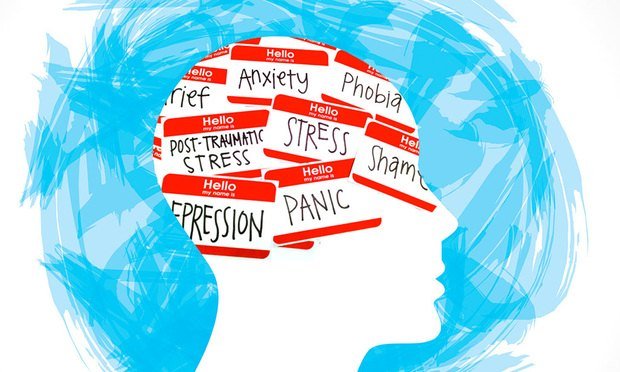
In January of this year, President Trump ended all federal DEI programs which were considered "radical and wasteful". Companies seem to be at a crossroads, deciding whether to double down on their DEI policies or to forget them altogether.
Sarah Reynolds, chief marketing office at HiBob, believes getting rid of DEI programs is harmful to employees mental health and psychological safety.
How do you think the recent DEI bans are impacting employees’ mental health – in both the public and private sectors – on a general level?
Employees are struggling. DEI has been a pillar of the cultural fabric of our workplaces, and now many companies are doing a complete 180 – some by choice, and some due to forces beyond their control. Folks are worried about what these actions mean for themselves, for their colleagues, friends, neighbors, kids - and more than that, they’re seeing companies quickly pivoting away from the underlying values they thought were non-negotiables in the world of work. No one likes to feel like the rug is being pulled out from under them, and this is creating a hit to workers’ wellbeing and psychological safety.
Can you define psychological safety? What impact do these moves have on psychological safety at work?
At HiBob, we define psychological safety as the idea that someone feels their employer encourages them to take risks, share their perspectives without judgment or repercussions, ask questions, and make mistakes with the opportunity to learn from them. I also believe it’s a critical element of the broader idea of cultural safety at work.
Recommended For You
Banning DEI initiatives can chip away at — or even completely erase — employees’ feelings of psychological safety. These actions shatter the trust that employees have in their employers’ commitment to creating an environment where every person, every idea, and every perspective is welcomed. No one should ever be hesitant to be who they are, and reversing course on DEIB can cause this to happen - not only for members of underrepresented groups, but also for allies and anyone else who feels in any way that they are different.
Related: 84% of employees want DEI expanded, 5% want reduction, study finds
How should HR teams and people managers talk to their teams about everything happening? Should anything be different for members of the LGBTQ+ community as compared to other populations?
Leaders should acknowledge that for many employees, “business as usual” may be the farthest thing from their minds right now. You might have employees who are worried about their physical and emotional safety, job security, access to health care, family stability, potential need to relocate, and more. Many people leaders may be navigating complex conversations about these types of topics for the first time and need support to ensure they know how to communicate with empathy.
HR leaders specifically have a significant opportunity to take charge and implement protective measures. This includes updating employee handbooks with explicit anti-discrimination policies that include sections on gender identity and expression, developing programs that support transitioning employees and their families, implementing a simple process for updating employee names and pronouns, supporting employee resource groups, and providing access to mental health support and employee assistance programs. Proactively reminding all employees of available resources is crucial, especially when 68% of trans and non-binary employees report not feeling safe to be fully out at work. You never know who needs the resources you have to offer, so make sure that you communicate widely.
Of course, HR leaders should always consult legal counsel to ensure their programs, policies, and communications are in compliance with company policies and current laws.
What resources can people look to for mental health support as they navigate this?
Many employers offer mental health care as part of their employee benefits package. As part of your overall communication, remind your employees how they can access therapy and counseling, crisis support services like hotlines and walk-in clinics, and employee assistance programs (EAPs), that provide confidential counseling, support, resources, and referrals to mental health professionals. Your employee resource groups (ERGs) may also want to document lists of specific support services related to their communities that you can share with members and your wider employee base.
© 2025 ALM Global, LLC, All Rights Reserved. Request academic re-use from www.copyright.com. All other uses, submit a request to [email protected]. For more information visit Asset & Logo Licensing.








